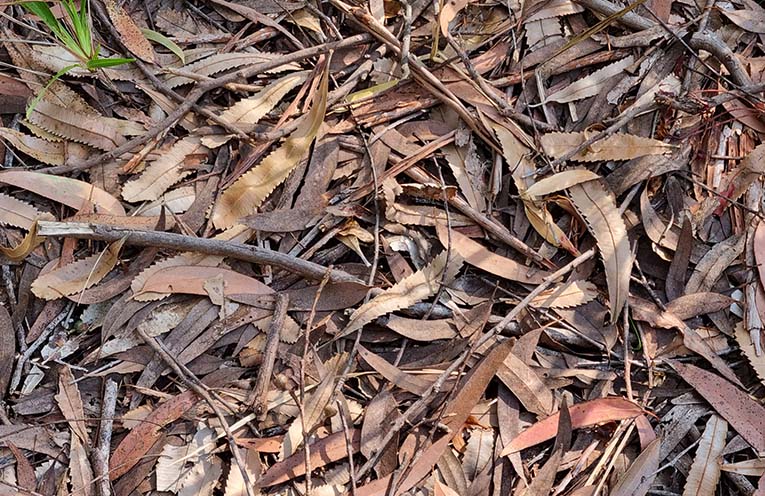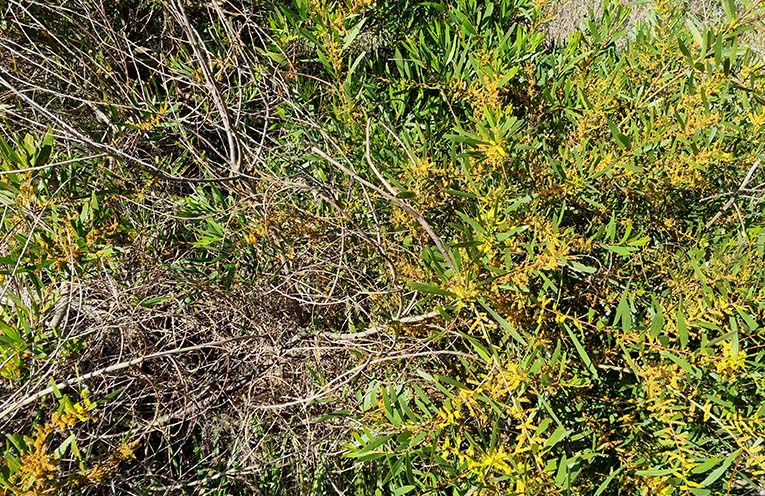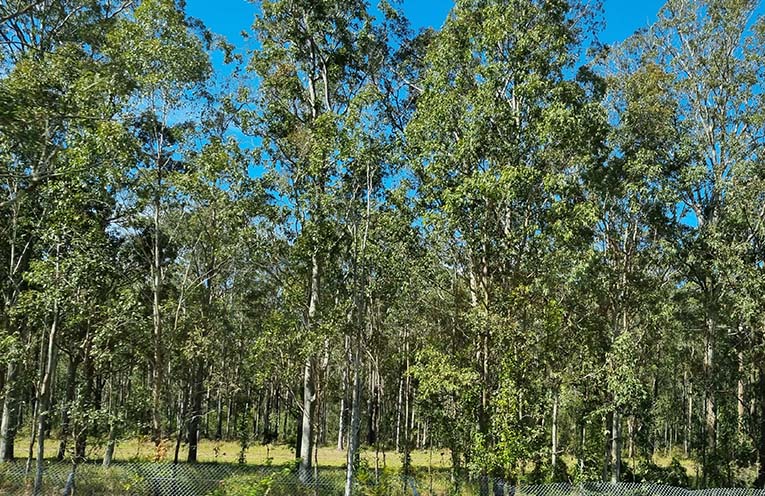
‘SCLEROPHYLL’ is not a term that many people would have heard, however, it is critical to understanding the coming bushfire season, and our local flora in general.
According to the NSW Office of Environment and Heritage (OHE), sclerophyll forests (pronounced “skleh-row-fill”) exist as both ‘wet’ and ‘dry’, encompassing many well-known botanical species, including eucalypts, wattles and banksias, and reign as the most common vegetation type north of Sydney.
 Advertise with News of The Area today.
Advertise with News of The Area today.It’s worth it for your business.
Message us.
Phone us – (02) 4981 8882.
Email us – media@newsofthearea.com.au
Characterised by tall, open tree canopy, according to the NSW OHE, they have “hard, short and often spiky leaves, a condition often associated with low-fertility soil, rather than rainfall or soil moisture”.
This sort of dry, nutrient-poor existence has toughened sclerophyll trees to withstand unforgiving environments that would decimate other species, as their narrower, spikier leaves limit surface area and minimising moisture loss.
The most important fact about sclerophyll, however, is their adaptation to fire.
In the absence of regular rainfall, sclerophyll instead desire heat, with some species actually requiring the intense radiant heat bushfires to open their seed pods for reproduction.
To that end, many sclerophyll will drop oil-laden leaves, deliberately dried and deadened branches, and even entire limbs, their woody stems and trunks becoming sacrificial fuel to stoke an eventual bushfire for botanical rebirth.
Sclerophyll now blanket over a quarter of NSW, and they are very, very patient organisms.
Look up and consider the true weight of solid, hard wood that is suspended overhead, and notice the oddly deadened branches waiting to fall in the next wind, perhaps on a power line or car.
Inspect the leaf-litter on your next bushwalk, noting the absence of grass and the amazing variety of leaves that refuse to decompose, instead lying in wait to power a raging inferno along the grassless forest floor.
RFS hazard reductions are undertaken as often as needed or possible, in order to reduce this constantly accumulating hazard, which, if left unattended, can fuel highly-destructive infernos.
By Thomas O’KEEFE




